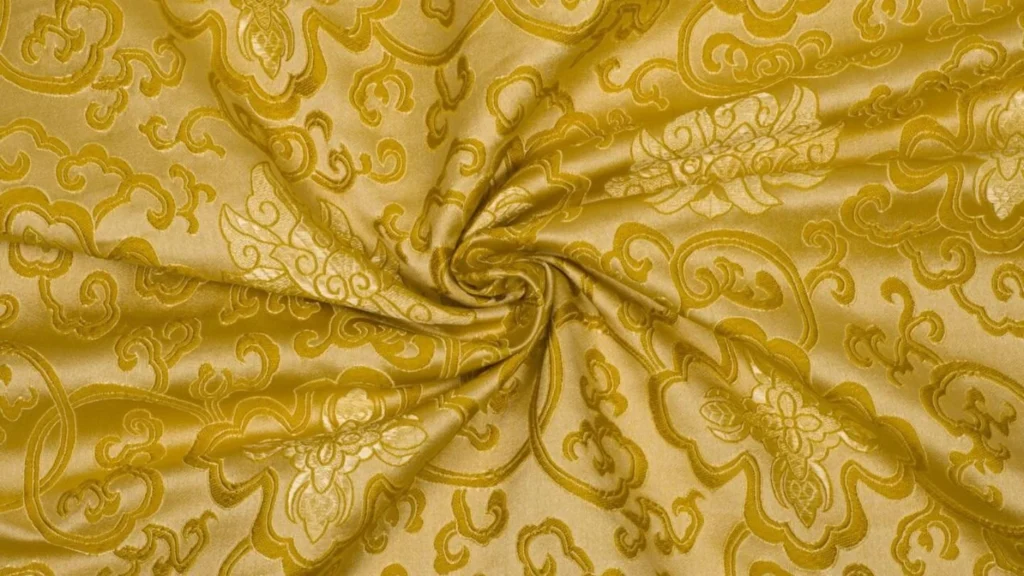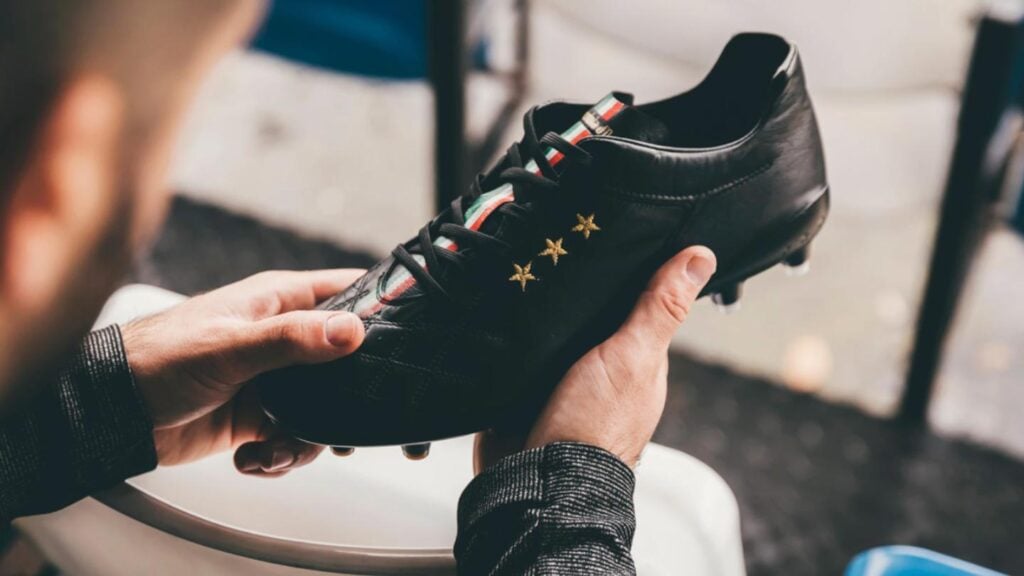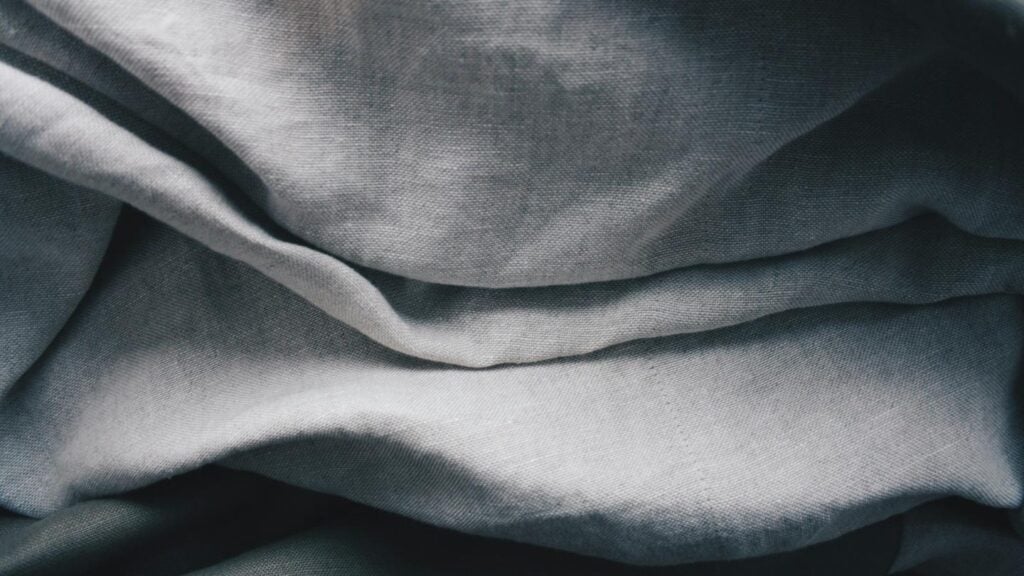2 – OutDry Fabric Composition
3 – OutDry Fabric vs Other Fabrics
4 – How OutDry Fabric Is Manufactured
5 – Common Uses in Fashion
6 – Understanding the Environmental Impact of OutDry Fabric
7 – Exploring Price Points and Value for Money
8 – Conclusion
9 – FAQs
What is OutDry Fabric?
OutDry fabric is a high-performance textile designed to offer superior waterproofing and breathability, making it a popular choice in outdoor apparel and gear. What sets OutDry apart from traditional waterproof fabrics is its unique construction, where the waterproof membrane is directly bonded to the outer layer of fabric, eliminating the need for additional waterproof coatings. This innovative approach ensures that the fabric remains lightweight, flexible, and durable while providing long-lasting protection against the elements.
Unlike conventional waterproof fabrics that rely on coatings that can wear off or degrade over time, OutDry fabric offers a more integrated and durable solution for keeping moisture out while allowing moisture to escape, enhancing comfort during physical activities. Whether used for jackets, shoes, gloves, or backpacks, OutDry fabric’s unique technology offers excellent protection against rain and snow without compromising breathability.

Key Features of OutDry Fabric:
- Waterproof: Provides excellent protection from water penetration, keeping you dry in the harshest conditions.
- Breathable: Allows moisture and sweat to escape, preventing discomfort and moisture buildup.
- Durable: The direct bonding of the waterproof membrane makes it more durable than traditional coatings.
- Lightweight: Maintains the flexibility and lightness needed for outdoor sports and activities.
OutDry Fabric Composition
The unique performance of OutDry fabric comes from its carefully crafted composition, which focuses on creating a durable and breathable material with integrated waterproofing. Unlike traditional fabrics that use separate coatings to achieve waterproofing, OutDry incorporates a patented technology where the waterproof membrane is directly bonded to the outer fabric, offering enhanced performance and longevity. This design provides superior protection from water without compromising comfort.
Key Components of OutDry Fabric:
- Waterproof Membrane
The core of OutDry’s waterproofing lies in its membrane, a thin, flexible layer that prevents water from passing through while allowing moisture vapor to escape. This membrane is bonded directly to the fabric, which eliminates the potential for water to seep in through the fabric’s stitching or seams. - Outer Fabric
The outer layer of OutDry fabric is typically made from high-performance textiles, such as nylon, polyester, or other durable materials. These fabrics provide the necessary strength and durability to withstand the elements while maintaining a lightweight feel. The outer fabric is treated to be resistant to abrasion, adding to the longevity of the material. - Inner Lining
In some OutDry applications, an additional inner lining may be used for comfort and thermal regulation. This lining is usually made of moisture-wicking materials that help keep the wearer dry and comfortable by drawing sweat away from the skin. - Breathable Technology
OutDry fabric features breathable technology, allowing moisture vapor to escape through the membrane. This helps prevent the buildup of sweat and condensation inside the garment, maintaining comfort during physical activity.

How the Composition Affects Performance:
- Waterproof: The direct bonding of the waterproof membrane ensures that no water can penetrate the fabric, making it ideal for wet conditions.
- Breathability: The ability to allow moisture vapor to escape ensures that the wearer stays dry, even during intense activities like hiking or skiing.
- Durability: The durable outer fabric, combined with the robust waterproof membrane, ensures the material holds up to harsh outdoor conditions.
- Lightweight and Flexible: The lightweight design of OutDry fabric doesn’t sacrifice flexibility, allowing for greater mobility in outdoor activities.
The composition of OutDry fabric ensures that it stands out as a reliable choice for those seeking both waterproofing and breathability in their gear. In the next section, we’ll compare OutDry fabric to other performance fabrics to better understand its advantages.
OutDry Fabric vs Other Fabrics
OutDry fabric stands out in the world of performance textiles due to its innovative construction and superior functionality. To fully appreciate its advantages, it’s helpful to compare it with other widely used fabrics, such as Gore-Tex, softshell fabrics, and traditional waterproof materials.
OutDry Fabric vs Gore-Tex
- Gore-Tex is one of the most recognized names in waterproof fabrics. Like OutDry, it’s designed to provide waterproofing and breathability, but the key difference lies in their construction.
- Gore-Tex uses a membrane that is bonded to a separate outer layer, which can lead to issues with long-term durability as coatings and laminates can wear off. OutDry fabric, on the other hand, bonds the waterproof membrane directly to the fabric, resulting in more durable and long-lasting waterproof protection.
- While both fabrics offer excellent waterproofing and breathability, OutDry is often seen as a more durable and flexible option due to its integrated membrane.
OutDry Fabric vs Softshell Fabrics
- Softshell fabrics are designed to be flexible and comfortable, often used in jackets for outdoor activities. They offer water resistance, but not full waterproofing like OutDry.
- OutDry fabric, however, is fully waterproof while maintaining breathability, making it a better choice for intense weather conditions, such as heavy rain or snow.
- While softshell fabrics provide greater mobility and comfort, OutDry fabric excels in weather protection, making it the better option for extreme environments.
OutDry Fabric vs Traditional Waterproof Fabrics
- Traditional waterproof fabrics typically rely on waterproof coatings that are applied to the fabric’s surface, such as polyurethane (PU) or PVC. Over time, these coatings can degrade, reducing the fabric’s performance.
- OutDry fabric eliminates the need for coatings by directly bonding the waterproof membrane to the fabric, ensuring a more durable, long-lasting, and effective waterproof barrier.

How OutDry Fabric Is Manufactured
OutDry fabric is created through a unique process where a waterproof membrane is directly bonded to the outer fabric. This eliminates the need for coatings, resulting in a more durable and long-lasting waterproof material.
Key Manufacturing Steps:
- Membrane Creation: A thin, flexible waterproof membrane (usually polyurethane) is produced to block water while allowing moisture vapor to escape.
- Bonding Process: The waterproof membrane is directly bonded to the fabric, ensuring consistent waterproof protection.
- Fabric Selection: Durable outer fabrics like nylon or polyester are chosen for their strength and performance.
- Lamination and Finishing: The fabric is laminated to secure the membrane and may undergo finishing processes, such as dyeing.
- Quality Control: Rigorous testing ensures the fabric meets waterproofing, breathability, and durability standards.

This process results in OutDry fabric’s superior performance—durable, breathable, and waterproof without relying on coatings that degrade over time.
Produce your fashion collection with us
Common Uses in Fashion
OutDry fabric is primarily used in performance-oriented fashion and outdoor gear, where waterproofing, breathability, and durability are key. Its unique properties make it ideal for products that need to perform well under harsh environmental conditions.
Key Applications of OutDry Fabric:
- Outdoor Apparel: OutDry fabric is widely used in jackets, pants, and gloves designed for activities like hiking, skiing, and mountaineering. Its waterproof and breathable properties ensure comfort and protection in rainy or snowy conditions.
- Footwear: Many waterproof shoes and boots use OutDry fabric to keep feet dry without compromising comfort.
- Backpacks and Gear: OutDry is used for backpacks, luggage, and gear, providing reliable waterproofing without adding bulk.
- Performance Wear: The fabric is also found in athletic wear where protection from the elements, combined with breathability, is essential for high-performance sports.

Understanding the Environmental Impact of OutDry Fabric
OutDry fabric offers eco-friendly benefits due to its durable construction and minimal chemical use.
Key Environmental Advantages:
- Durability: The bonded membrane increases the fabric’s lifespan, reducing the need for frequent replacements.
- Fewer Chemicals: OutDry uses less harmful chemicals than traditional waterproof fabrics.
- Water Efficiency: It requires less water in production compared to cotton and other textiles.
Challenges:
- Energy Use: The production of the membrane and bonding process requires energy, but it’s less resource-intensive than synthetic fabrics.
- Plastic Membrane: The polyurethane used is not biodegradable, but its long-lasting nature reduces waste.
Exploring Price Points and Value for Money
OutDry fabric offers high performance in terms of waterproofing and breathability, but its price can vary depending on factors like production scale, technology used, and the type of garment or product.
Key Price Factors:
- Fabric Technology: The unique bonding process that makes OutDry fabric more durable can raise the price compared to traditional waterproof fabrics.
- Material Type: Products using OutDry fabric in high-performance gear like jackets and footwear tend to be priced higher due to the added waterproof membrane and manufacturing process.
- Branding and Market Positioning: As a premium fabric, OutDry is often featured in high-end outdoor gear brands, which can affect the retail price.
Is OutDry Fabric Worth the Investment?
- Durability: While it may be more expensive initially, OutDry fabric’s durability means it offers better long-term value by providing superior waterproofing without degrading over time.
- Performance: For outdoor enthusiasts or those in need of high-performance apparel, the value lies in its reliability and comfort in extreme conditions.

Conclusion
OutDry fabric is a high-performance textile known for its superior waterproofing and breathability. Its unique construction—directly bonding the waterproof membrane to the fabric—ensures durability and comfort. While it may be priced higher, its long-lasting nature and eco-friendly benefits make it a smart investment for outdoor gear.
FAQs
1. What is OutDry fabric?
OutDry fabric is a waterproof, breathable material created by bonding a waterproof membrane directly to the fabric, ensuring long-lasting durability and comfort.
2. Is OutDry fabric truly waterproof?
Yes, OutDry fabric is designed to keep water out while allowing moisture vapor to escape, keeping you dry and comfortable.
3. How does OutDry compare to Gore-Tex?
While both fabrics offer waterproofing and breathability, OutDry fabric has a unique bonded membrane that makes it more durable and flexible than Gore-Tex, which uses a separate coating.
4. Is OutDry fabric eco-friendly?
Yes, OutDry fabric is made using a more sustainable process than many traditional waterproof fabrics, with reduced chemical use and a longer lifespan, reducing waste.
5. Can OutDry fabric be used for outdoor clothing?
Absolutely. OutDry is commonly used in jackets, footwear, and backpacks, providing reliable waterproofing and breathability for outdoor activities.
6. How do I care for OutDry fabric?
OutDry fabric is low-maintenance. However, it’s important to follow the care instructions specific to the garment, typically involving gentle washing and air-drying.
7. Is OutDry fabric durable?
Yes, OutDry fabric is highly durable, thanks to its membrane bonding process, which increases its resistance to wear and ensures long-lasting performance.
8. Does OutDry fabric lose its waterproofing over time?
No, unlike traditional coated fabrics, OutDry fabric’s membrane is bonded directly to the fabric, making it more resistant to degradation and ensuring lasting waterproof performance.
9. Is OutDry fabric breathable?
Yes, one of the standout features of OutDry fabric is its breathability, allowing moisture and sweat to escape, even during high-intensity activities.
10. Is OutDry fabric suitable for extreme weather conditions?
Yes, OutDry fabric is designed to perform well in extreme weather, offering waterproof protection and breathability in rain, snow, and wind.







